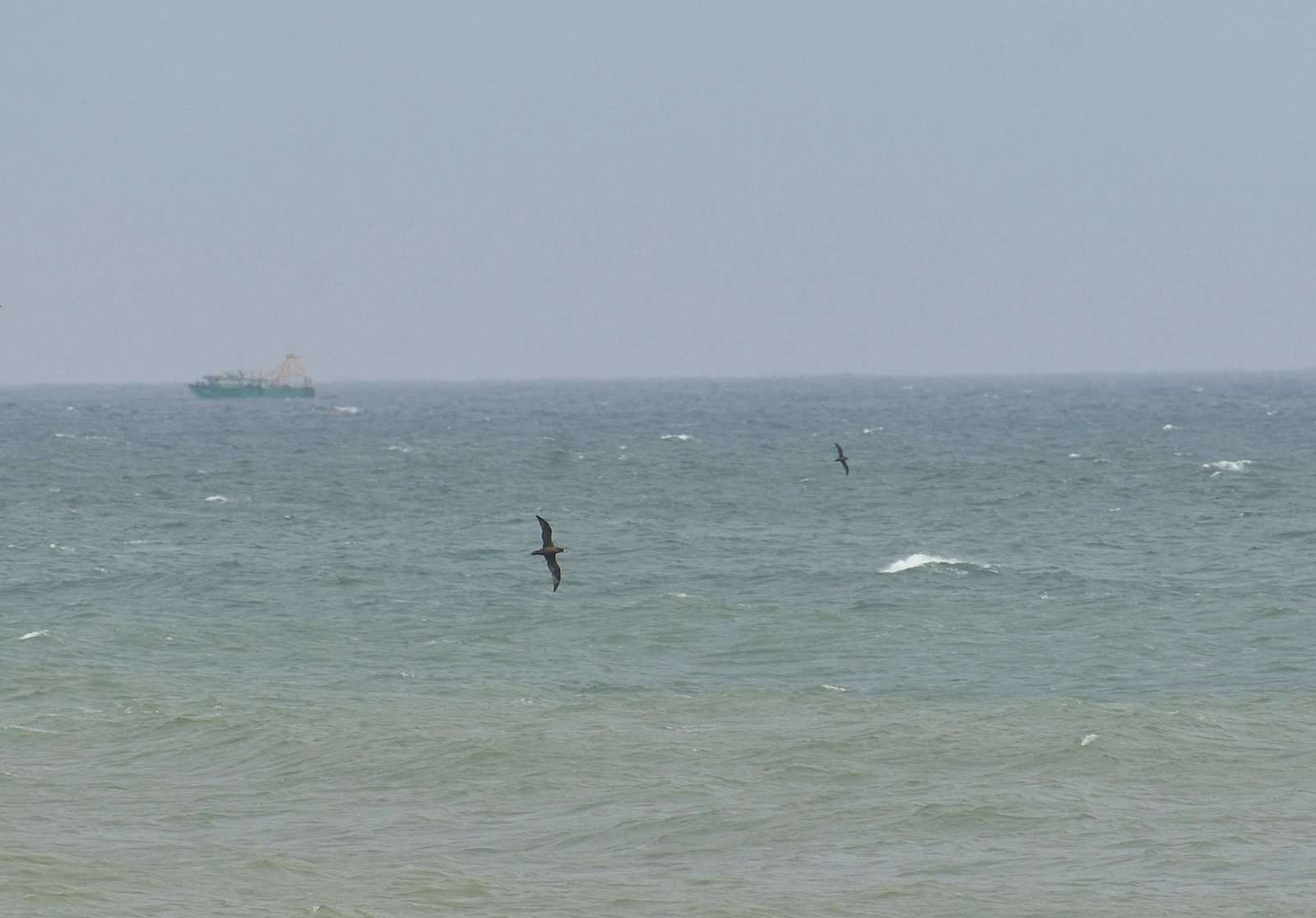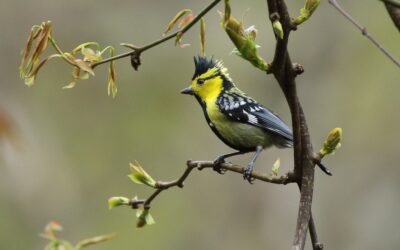This is a protocol that can be used for conducting land-based seabird counts in South Asia. Monsoon Seawatch, a systematic bird monitoring event, currently uses this protocol.
When to watch seabirds?
- Best time: Monsoon, when strong winds (>3 knots) blow towards the coast. Monsoon winds blow into South Asia from June to August, and are especially pronounced along the western coastline and in July. Wind speed data: https://windy.app/
- Time of day: Variable but early mornings are generally a more active period for sea-watching though later in the day can also be effective, probably evenings. However, do note that the sun will be directly on your face during evenings along the west coast.
Where to watch seabirds?
- Best Location: The closest sea point is ideal. Find a slightly elevated structure or cliff (5-10 meters above ground) for better visibility and safety.
- Viewpoints: Well-maintained, strong piers can be excellent, but avoid unstable piers along the coast.
What to bring and do
- Carry binoculars, spotting scopes (highly recommended at 15-20x at least), and cameras with good lenses. [Read more about buying optics here].
- Use appropriate rain gear. If your vehicle can be parked close to your watch point, that would be ideal to run back in case of heavy rain.
- It is preferred to seawatch from frequently used spots to compare sightings between months and years. If regularly watching from a hotspot, identify that point using the hotspot name with “Seawatch Point” in brackets.
- Seawatching alone can be a bit boring, so it’s good to go with others. Detectability is higher and counts are better with multiple observers—one can watch approaching birds while others count using a scope.
- Record all bird species, not just seabirds, and select ‘Yes‘ in eBird App. This helps maintain focus during slower moments.
- Be aware that bird identification at sea can be difficult, but knowing the species typical to your coast can help (watch this space for the next article on seabirds).
- Take photographs of as many birds as possible. Many seabirds are better identified from photos than from field views.
- If no birds (sea or land) are encountered, submit a checklist with ZERO species. Effort with no birds is still valuable data.
How should we do this? (the protocol)
- eBird checklist: Create a checklist using the Stationary protocol on the eBird App, with a standard duration of 30 minutes.
- Remain stationary during a count: Watching from a fixed position increases the probability of detecting seabirds, so stationary lists are preferred.
- Travel between two points: If you’re moving between points A and B, do a 30-minute stationary seawatch at both points A and B. Birds seen while traveling between A and B should be recorded in a separate checklist that uses the Traveling protocol, and will not be a part of the formal seawatch.
- Set a timer: Start a timer for 30 minutes when beginning a checklist to ensure timely recording.
- Be cautious with identification: When in even a little doubt, use ‘spuhs’ and ‘slashes’ liberally.
- Share checklist: Share all seawatch checklists with the eBird username “seawatchindia“.
Safety
Weather: Pay attention to weather alerts. Avoid sea-watching during cyclonic storms or high-swell wave periods.
Weather warnings: Mausamgram
State warnings: Mausam IMD
Tide: Check tide timings using tide-forecast.
Avoid piers during high tide or rough weather.
For any questions or feedback, please write to us at skimmer@birdcount.in
Note: This protocol is for land-based monitoring. Boat surveys may require different methodologies. Click here to see an example.
Header Image: Flesh-footed Shearwater Ardenna carneipes © Anand Birdlife / Macaulay Library





Thanks for such an informative post. Very useful